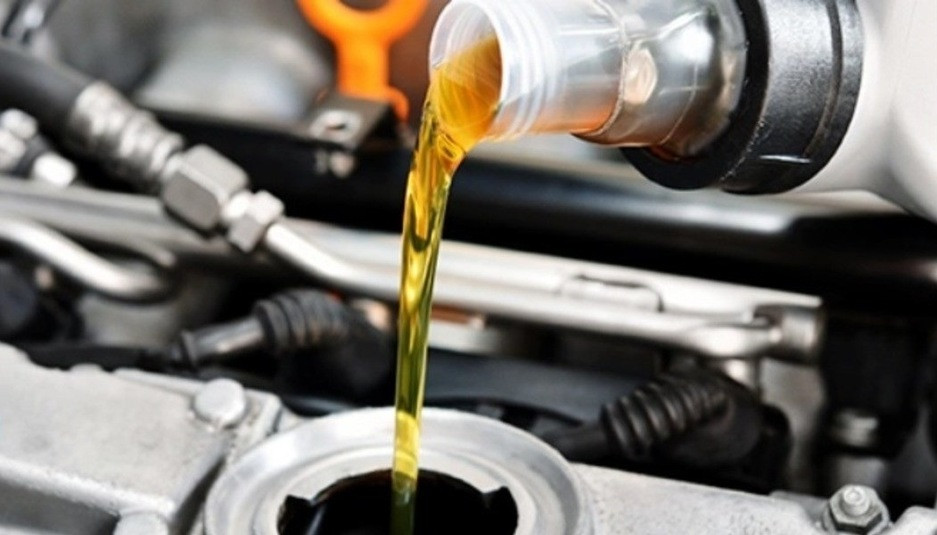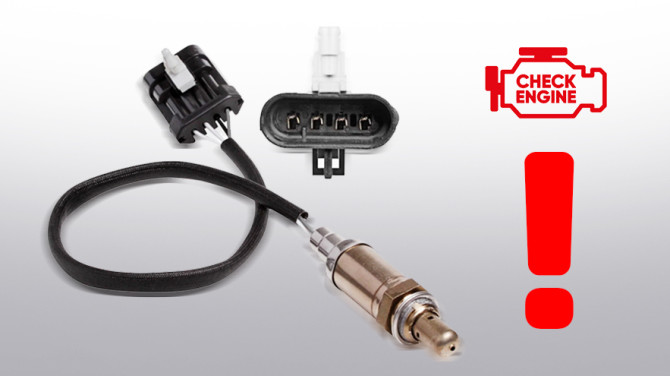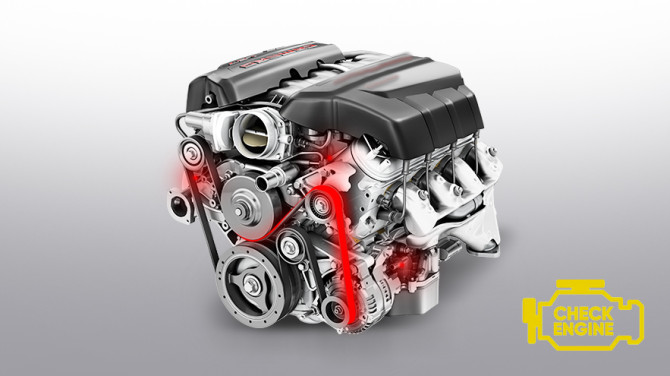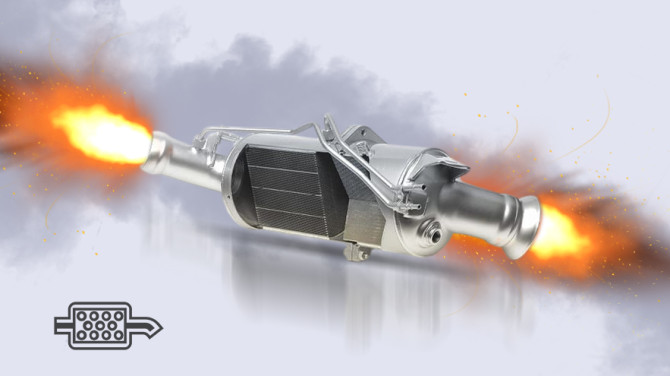Changing the Hydraulic Power Steering System Oil: Quickly and Painless

Power steering is a reliable assistant and a driver's faithful friend, making steering easy, smooth, and comfortable. To ensure that the hydraulic power steering system serves you faithfully for as long as possible, it's essential to take care of it.
What is Hydraulic Power Steering System Oil?
The oil in the power steering system fundamentally helps turn the steering wheel by transferring force from the wheel to the wheels through pressure in the system. In addition to its primary function, the oil in the hydraulic power steering system serves as a lubricant for the entire steering gear mechanism, cools it, and gently protects it from corrosion.
According to recommended guidelines, oil change should occur once a year or every two years, depending on the vehicle's load, or at least once every 100,000 kilometers. An urgent or emergency change is conducted if the pump or another hydraulic system element fails.
However, drivers often forget and do not change the oil for 3-4 years. What are the consequences?
- A significant amount of the tiniest impurities, metal shavings, and other wear products accumulate in used oil. This suspension is not beneficial for the hydraulic system, especially the filter in the power steering reservoir. It gets clogged, and the pump is overloaded. As a result, the power steering pump is damaged, and its price, by the way, is not the lowest.
- The oil in the hydraulic power steering system is not as hygroscopic as brake fluid, but it also absorbs condensate. Water in the hydraulic power steering system causes inevitable and ruthless corrosion of the steering gear.
- Furthermore, condensate in the oil contributes to oil viscosity in winter. The oil cannot circulate normally, and the entire device and its seals are excessively stressed, causing leaks, noise under the hood, and potential damage.
- During hot weather, oil with condensate becomes excessively fluid, "watery." In such a case, the oil does not generate the desired pressure on the wheels. The steering becomes tight or jerky.
If you turned on the ignition in winter and heard noise that soon subsided (when the oil warmed up), you likely dealt with excessive stress on the power steering pump. Such increased stress can sometimes shorten the life of hydraulic power steering. Therefore, it's essential to change the hydraulic power steering system oil before winter if it's already time for a change.
And if the right time to change the oil is at the end of winter, spring is the right time to do it. This prevents the oil from liquefying with condensate and losing effort in warm weather.
How to Understand that the Oil is "No Longer Good"?
How can you visually see that the oil is no longer suitable?
- Open the lid of the power steering reservoir.
- Remember the color of the oil when it was first poured into the reservoir – yellow, green, or red. If there are remnants of this oil, pour it into a plastic cup and compare.
- If the fluid is darker, it's the first signal that it's time to change the oil.
- If the oil is dark brown, it's a more alarming sign.
- If the oil has a consistency resembling hot chocolate – it's very bad. Urgently, change the oil!
To prevent such results, we recommend not only changing the oil at a specified number of kilometers but also checking the hydraulic power steering system oil at each inspection.
Changing the Hydraulic Power Steering System Oil
Of course, we recommend entrusting this procedure to professional car mechanics-hydraulics. It's easier, faster, and, most importantly, safer. However, if you don't trust service centers or simply want to spend the weekend with your car, our DIY guide will help you.
So, there are two options for changing the oil yourself:
- Partial oil change – suitable if you decide to change the fluid yourself, and the oil in the reservoir is not yet as black as Lord Voldemort's blood.
- Full oil change.
For both options, you'll need:
- New oil – the manufacturer usually specifies the type of oil suitable for your car, whether synthetic or mineral, etc.
- 20 ml syringe + rubber tube – to pump out used oil from the reservoir.
- Funnel (for a complete change).
- Container with volume scale – to understand how much oil you've drained.
Partial Oil Change
- Open the lid of the power steering reservoir.
- Use the syringe with the pre-attached tube to remove the oil in several stages – pour it into the container with a scale.
- After removing all the old oil, fill the reservoir with fresh oil up to the maximum.
- Start the engine and wait for the oil to disperse throughout the system; then add oil again to the maximum. Repeat until the oil stops leaving the reservoir.
- When you see that the oil is not disappearing, smoothly rotate the steering wheel, then a few times to the left.
- Turn off the engine and rotate the steering wheel until it turns easily – this means the hydraulic system is filled with fresh oil.
- Congratulations, you did it!
Full Oil Change
- Invite a friend to help.
- Use a jack to lift the front of the car for more convenience, making it easier to turn the wheels.
- Open the lid of the power steering reservoir.
- Pump out all the oil as in the first method.
- Loosen the clamps on the hoses from the reservoir, remove them along with the reservoir. As a result, you have two oil hoses: one from the power steering pump (which we don't need now), the other from the steering rack – direct it to the container to drain the old oil.
- Your friend behind the wheel starts turning the steering wheel, rotating the wheels. This way, we pump out the oil from the hydraulic system.
- When all the oil is likely drained, take the hose from the pump, insert it into the funnel. In small portions, pour oil into it.
- Pour oil through the funnel.
- Your companion continues to turn the steering wheel.
- When clean oil appears in the container with used oil, stop, reinstall the hoses, secure them with clamps. Mount the power steering reservoir.
- In the open reservoir, add oil to the maximum.
- Remove the jack, start the engine. Turn off the engine and check the oil level. Add oil until it stops leaving the reservoir – as in method 1.
- Organize a test drive to check the stiffness-smoothness of the steering wheel.
- Everything is in order? Congratulations, you did it!
Whether you change the oil yourself or in an auto repair shop, the most important thing is to do it regularly to avoid power steering pump failures. We wish you clean oil and a well-functioning car!







